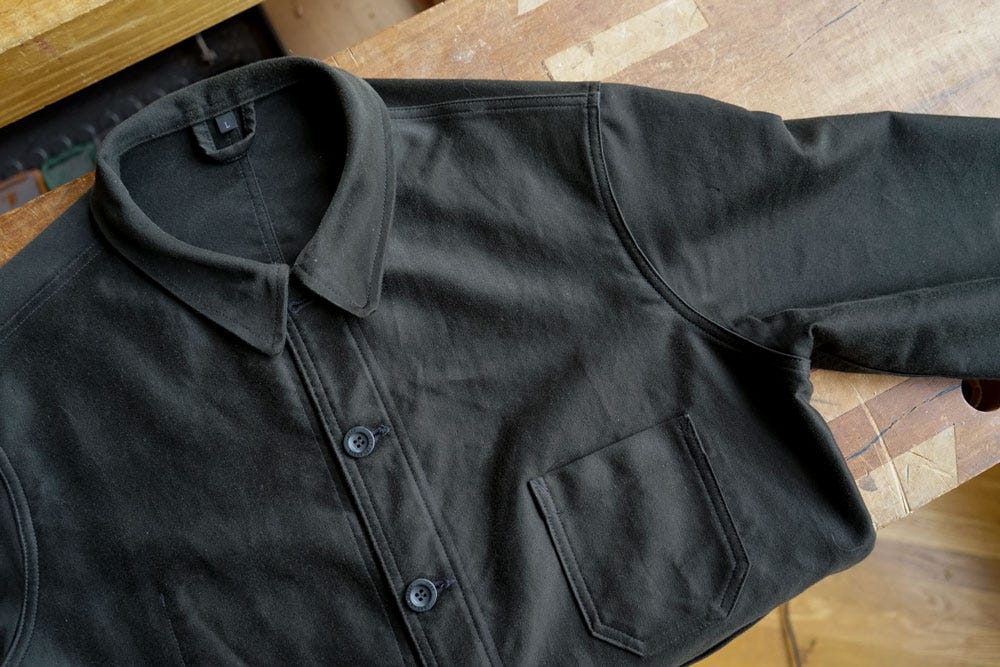Note: This post is about something we are working on for the coming year. There’s a good chance it will come to pass. But there’s also a chance it won’t. Why am I writing about it now? Well, y’all came along for the ride during “American Peasant,” so I figured you might enjoy this next chapter.
Whenever Peter Lanz and I go out for a beer, everyone in the room knows what he does for a living. It’s not because he’s told them. It’s because of what he’s wearing.
I’ve known Peter for about 15 years, and I’ve never seen him without his traditional German journeyman’s pants. (Or, in the hot months, shorts that look similar). The pants are distinctive (take a look here). They zip up (or button up) in an unusual manner. And they always have a pocket on the leg for a folding rule.
After years of teaching in Germany, you learn to spot people like this. Ah, that woman is a joiner.
The clothes are part of a long tradition in the country, which you can read about here. In Germany, you must earn the right to wear the clothes, so they are a bit like a judge’s robes or a police officer’s uniform.
Other European countries have similar traditions but without strict rules about who can wear what. If you wear a black workers’ jacket in France, you might be pegged as a woodworker. If the jacket is blue, they might think you are a farm worker (or a hipster wearing a farmer’s jacket).
For many years, I’ve wanted to bring these European ideas to America. Basically: The thing you do (or the thing that you are obsessed with) can be reflected in what you wear. (And not just in a “He Who Dies With The Most Tools Wins” T-shirt way.)
That’s why Tom Bonamici and I worked hard to develop the LAP chore coat. It’s my favorite piece of clothing. I carry it around almost always, even in hot months. It’s a pillow on the airplane. It’s a blanket at the train station. I’ve ironed things onto it that make it mine. I wear it in public whenever possible.
As wonderful as the coat is, we don’t make much money on it. In fact, it’s not really worth all the time and energy we pour into it and our other pieces of apparel. But I am absolutely married to making good clothing designed for woodworkers that also transmits the message: This person is a woodworker.
After thinking about it a lot, here is what we want to do in the future.
First, we want to create a “brand name” for our apparel. It’s odd to wear a coat or vest made by a publishing company (no one would wear Random House underwear). That’s why we started Crucible as a separate tool brand. If it’s a tool, then it’s under the Crucible brand.
So we are starting an apparel brand called “Joyner.” It will be the name on all our soft goods. So we will have the Joyner Chore Coat, the Joyner Waist Apron, the Joyner Tool Roll.
But adding a brand name is just (somewhat important) window dressing. The real change will be in how we make and sell the clothing.
Keep reading with a 7-day free trial
Subscribe to The American Peasant to keep reading this post and get 7 days of free access to the full post archives.





